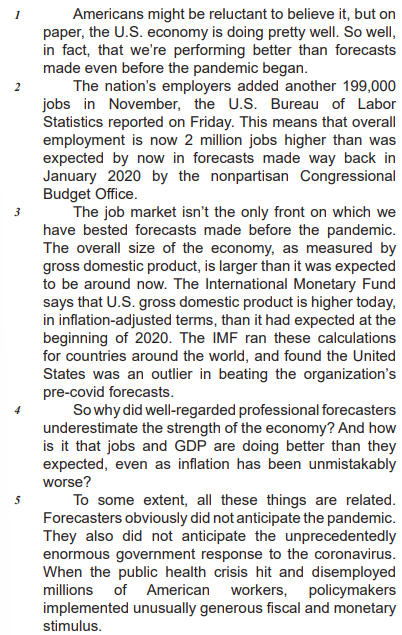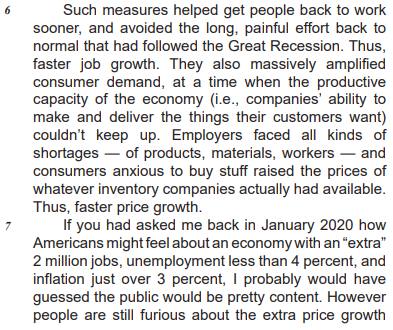Questões de Concurso
Foram encontradas 7.668 questões
Resolva questões gratuitamente!
Junte-se a mais de 4 milhões de concurseiros!
Text 19A4-I
It is a universal fact that cinema is a visual medium. Films have the power to overwhelm our senses as well as our minds, subjecting us to a variety of experiences that can range from the sublime to the devastating. Colours play a crucial role in this interesting phenomenon, forming an integral part of the composition of each frame and dictating how the viewer perceives the spectacle on the screen. Apart from the cinematic medium, colours have always been a part of our experience and how we make sense of the vastly nuanced world around us. Although science has definitively explained what colours are in terms of light, they have always mystified artists and philosophers like Arthur Schopenhauer and Ludwig Wittgenstein, who tried to understand their importance in anthropological frameworks.
More notably, the famous German poet and artist Johann Wolfgang von Goethe published a seminal exploration of colours in his 1810 work Theory of Colours. In it, he examined how each colour corresponds to various psychological states in the minds of human beings. He wrote, “Light and darkness, brightness and obscurity, or if a more general expression is preferred, light and its absence, are necessary to the production of colour… Colour itself is a degree of darkness.” Goethe’s theories might seem baselessly romantic in the 21st century but the underlying ideas have been implemented by filmmakers and cinematographers to curate the voyeuristic experiences of their audiences. Famed cinematographer Vittorio Storaro has based his artistic vision on Goethe’s work, insisting that colours do have a direct connection to the mind of the viewer.
Internet: <https://faroutmagazine.co.uk> (adapted).






The expression well-regarded professional forecasters can be rewritten, with no change in meaning, as



“Mary is excited about her planned trip to Australia, and John is planning to stay at home to finish his novel.”
Based on their conversation, formulate a sentence that accurately portrays both Mary's and John's future plans using the correct forms of 'going to' and 'will'. Remember to consider the rules of usage for 'going to' and 'will' in expressing future actions and intentions. The correct answer could be: